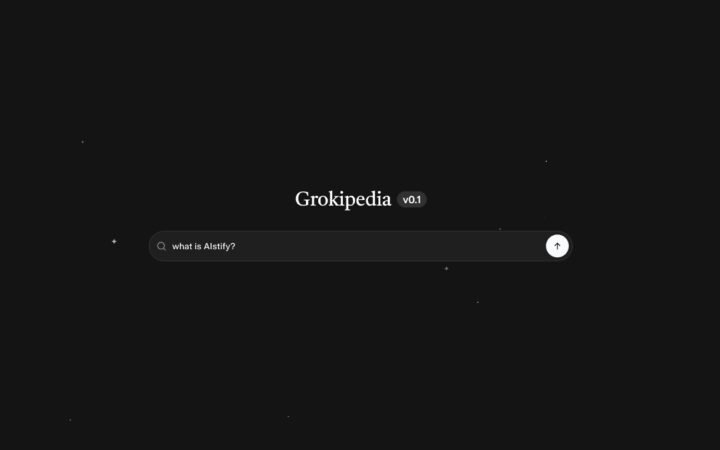
Polish, often considered one of the world’s most complex languages, has unexpectedly emerged as the most efficient for artificial intelligence models, outperforming English and several other global languages.
According to a joint study by the University of Maryland and Microsoft, Polish ranked first in long-context prompt performance across 26 languages, achieving an 88 percent efficiency score. By comparison, English – the dominant language for AI research and training – placed only sixth.
The research, titled “One Ruler to Measure Them All: Benchmarking Multilingual Long-Context Language Models,” evaluated how major AI systems like OpenAI’s o3-mini-high, Google’s Gemini 1.5 Flash, and Meta’s Llama 3.3 (70B) handle prompts extending up to 128,000 tokens.
Despite English being the primary training language for most AI models, it lagged behind several European languages. The top rankings were as follows:
- Polish — 88%
- French — 87%
- Italian — 86%
- Spanish — 85%
- Russian — 84%
- English — 83.9%
Researchers attribute Polish’s success to its grammatical richness and precise syntactic structure, which may help AI systems interpret meaning more efficiently in extended prompts. French and Italian followed closely, suggesting that linguistic complexity and inflection play key roles in enhancing AI comprehension.
The findings challenge the long-standing assumption that English, as the most resource-rich training language, automatically yields the best AI performance. Instead, languages with detailed morphology and logical structure — like Polish and other Romance or Slavic languages — may enable models to track relationships between words more effectively over long sequences.
According to the authors, these results could have far-reaching implications for multilingual AI development and model training optimization. They suggest that linguistic diversity is not a barrier but a potential advantage — revealing how smaller language communities can drive innovation in large language models (LLMs).
The results have also energized Poland’s growing AI ecosystem. Analysts note that the study could attract new research investment and data initiatives in the region, positioning Poland as a leading center for advanced natural language processing in Europe.
As AI becomes increasingly global, the Polish case highlights a broader truth: the quality of language structure — not just the quantity of training data — may define the next wave of breakthroughs in artificial intelligence.




